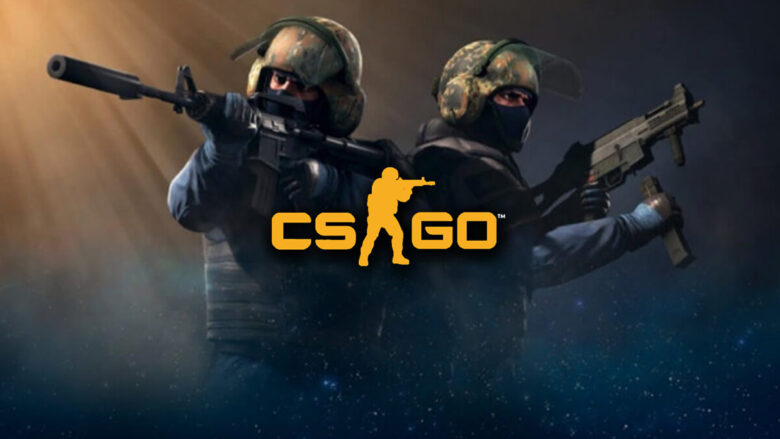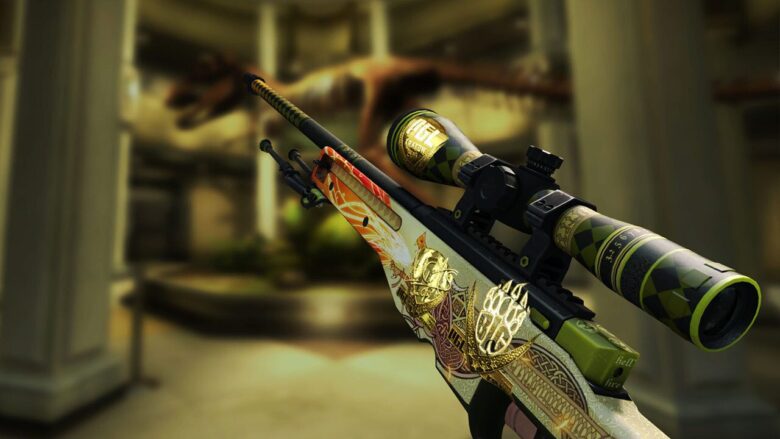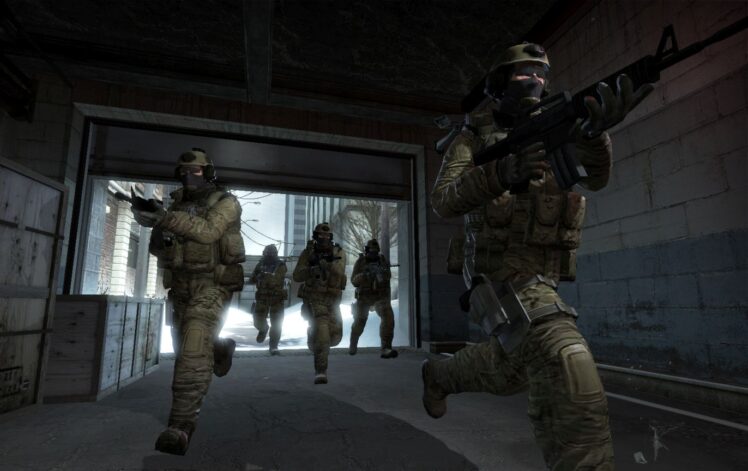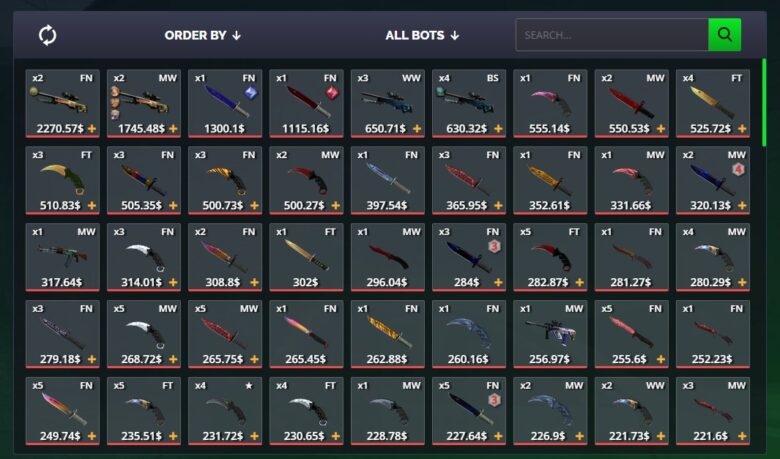In the realm of Counter-Strike: Global Offensive (CS:GO), the topic of identifying old skins has proven to be a subject of immense intrigue and perplexity. The game’s vibrant history, interspersed with the release of various skins, has resulted in a complex and dynamic marketplace that requires careful examination and understanding. Knowing old skins not only adds to the richness of one’s gameplay experience, but also holds considerable financial value, as some of these vintage items have skyrocketed in worth over the years. The ensuing discussion will navigate through this intricate web of old skins in CS:Go, providing you with key insights and strategies for identifying these unique game elements. The journey ahead promises to be both enlightening and challenging, beckoning you to further explore the multifaceted universe of CS:Go skins.

Source: gamblingsites.org
Contents
Understanding CS:GO Skin Basics
To truly engage in the world of Counter-Strike: Global Offensive (CS:GO), one must grasp the intricacies of skins, from tracking vintage items to understanding the impact of stickers on their value and tradeability.
Did you know that some skins have become historic due to their presence in professional gaming tournaments? One example would be the skin from AWP – Asiimov. It gained popularity thanks to the French player kennyS’ and his showdowns with Asiimov. Another example is the P2000 – Corticera. Wondering why? It became popular thanks to the action of the American player “Hiko inhuman reaction”. Interestingly, the P200 is still in the player’s inventory under the name GeT_RiGhT Slayer. These are just two examples of the most memorable skins – the game used to function without them, but now they have almost become symbols of the title.
Utilizing trade history or external websites like csgo.exchange, one can easily track down such old skins. However, if the specific item is elusive, consider buying a similar type, keeping in mind potential differences in price and value.

Source: earlygame.com
CS:Go Old Skins: Valuation Guide
Having established the importance of understanding the rarity of old skins in CS:GO, we now shift our attention to a detailed guide on how to effectively value them. The CS:Go Old Skins: Valuation Guide is an essential tool for any player wanting to enhance their gaming experience and become part of the collective.
The first step is to track down the former owners of old skins, which can be done using trade history or specific websites like csgo.exchange. If it’s not possible to track it, consider purchasing a similar one, being mindful of price differences as well as the value of the attached stickers. They can significantly impact the value of skins, so always consider their worth before investing.
Ensure to utilize the reporting features available and follow platform guidelines when reporting issues related to old skins. Furthermore, be aware of Valve Corporation’s rights reserved over the Steam Community. Respect for trademarks and geospatial data policies when dealing with old skins is crucial.

Source: steam.com
What can affect the value of a skin?
The popularity of skins in the CS:GO is directly linked to their distinctive appearance, i.e. unique graphic design. However, this is a subjective issue – some will like the bright versions, while others will be looking for a distinctive skin element or texture.
Very important is also the condition, which can be categorized as:
- Factory New – items with a value of less than 0.07 fall into this category. They are distinguished by their pristine appearance and are difficult to acquire. As such, they are valued, especially if they have been additionally fitted with a StatTrak counter;
- Minimal Wear – skins with a slightly lower appearance quality. Their value is between 0.07 and 0.15. Signs of wear and tear can be, for example, rust stains. If the Fabric New condition is too expensive for the player, he can choose the cheaper equivalent of the skins, marked as Minimal Wear;
- Field Tested – in this case, the defects become visible, and the value can be as high as 0.37. The difference in cost depends on the specific item – the price may depend on the visibility of the wear of the skin;
- Well Worn – skins characterised by a wear value of up to 0.44. In this case, the difference between them and Fabric New is immediately noticeable. Sometimes the details may barely be recognisable and sometimes only the shade of the skin may change;
- Battle Scarred – these are all skins with a value above 0.44. They are very worn, but have the advantage of a low price.
However, this does not mean that Factory New skins have to cost the most. The rarity of the skin will also be important, with the price going up if it is often found in the game. The almost impossible task of finding a skin that is limited can almost become the most important transaction a player will make.
A distinguishing feature of the skin, which will directly affect its value, can also be the presence of stickers. These can be related to a specific e-sports event, for example. This will be particularly important for players who closely follow specific events taking place among CS:GO fans. The bigger the event was, the more popular it became – the more value the sticker and the skin itself may have. Often, stickers can only serve an aesthetic function, and the rarity of them is often only recognised by experienced and most dedicated players.

Source: twitter.com
Tips for Trading and Selling Old Skins
Diving into the realm of trading and selling old CS:GO skins, it is crucial to arm oneself with key strategies and insights to ensure profitable transactions. For example, check how to trade csgo skins in 2024. The pursuit of these digital assets can be thrilling, but understanding the rules and regulations surrounding these transactions is just as important.
Here, we present our top tips for trading and selling old skins, designed to empower you with the knowledge to navigate this digital landscape with confidence:
- Always comply with the Legal Subscriber Agreement of CS:GO to avoid any potential issues.
- Use your trade history as a tool to track the current owner of the old skin.
- Educate yourself on the market value and sticker worth of skins before investing.
- Don’t hesitate to use the reporting feature to report spam, advertising, or problematic content related to old skins.
